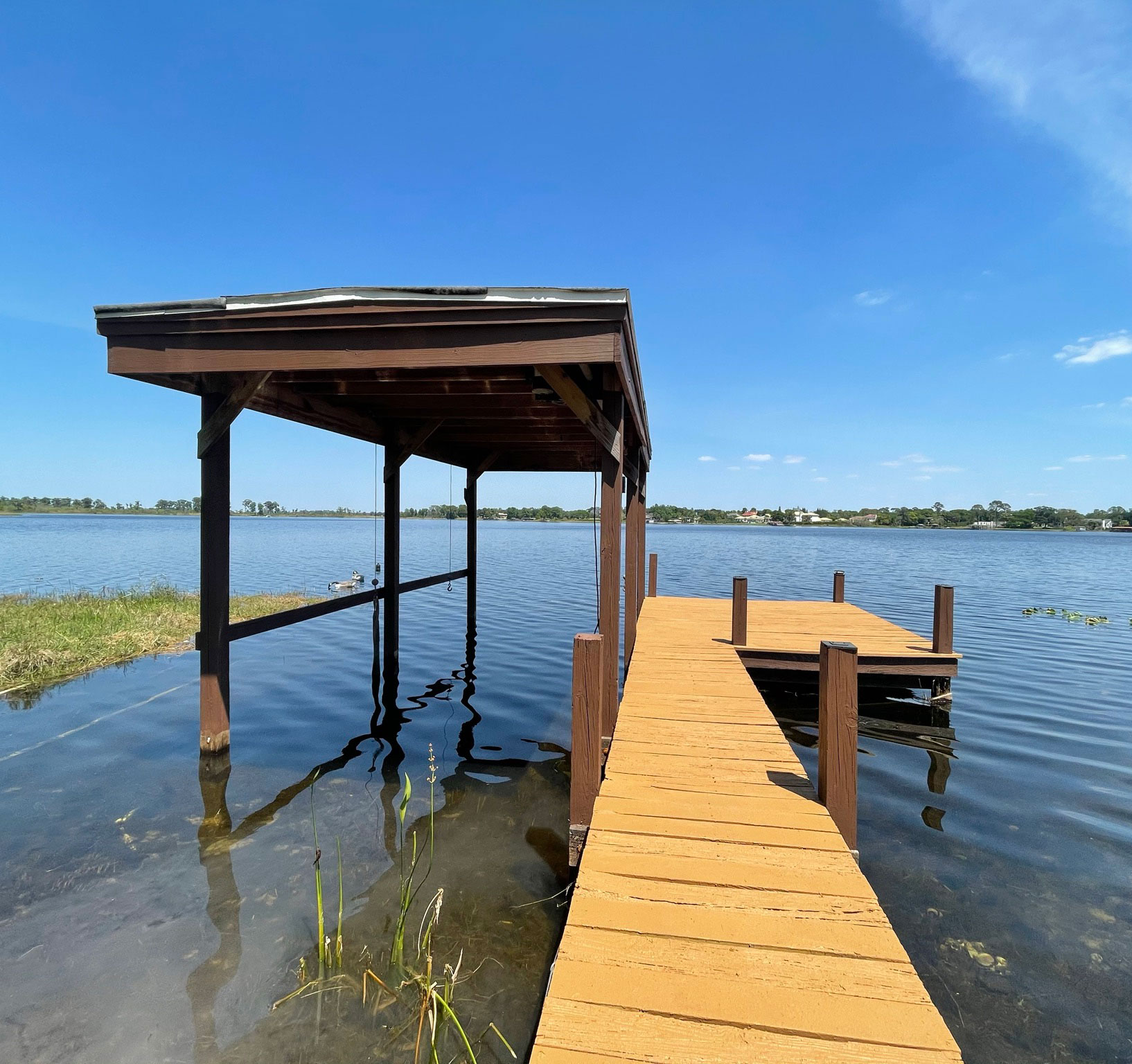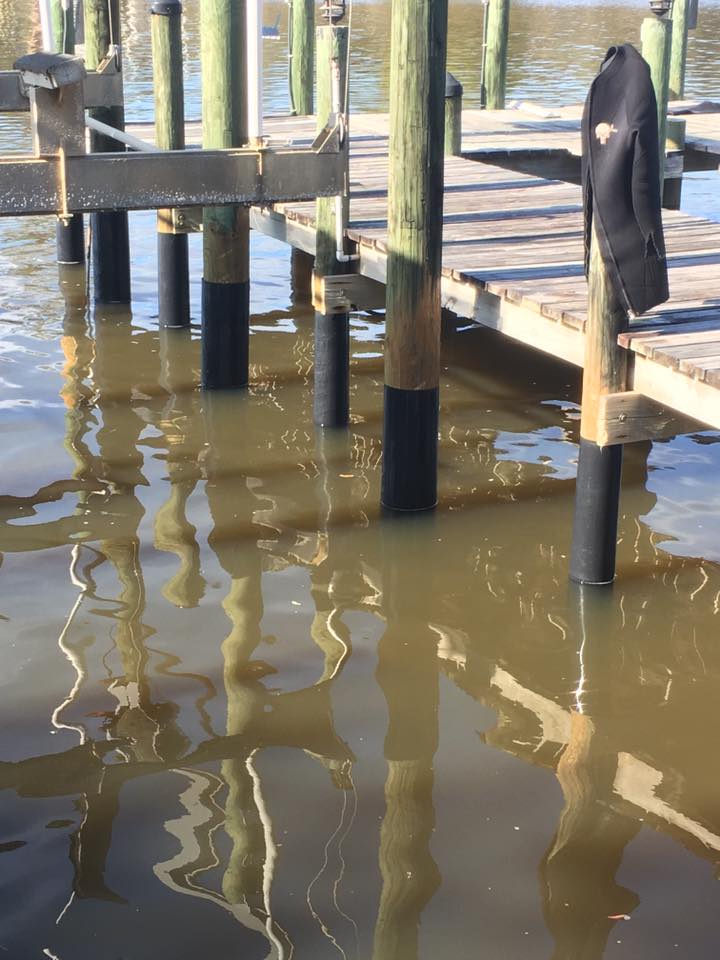Expert Insights on Lasting Dock Repairs Solutions
Expert Insights on Lasting Dock Repairs Solutions
Blog Article
Reliable Dock Repair Service Techniques: Making Sure Structural Integrity
Making certain the architectural integrity of docks via reliable repair techniques is critical for the longevity and safety and security of marine centers. This involves a multi-faceted method beginning with thorough assessments making use of sophisticated technologies like sonar equipment and remotely operated cars (ROVs) to spot both visible and hid problems. Consequently, selecting the right repair products, such as corrosion-resistant alloys and composite products, is important for sturdiness. Structural support techniques, including the execution of cross-bracing systems and load-distribution plates, play a crucial role in mitigating stress and anxiety factors. However, the value of these methods becomes noticeable when checking out advanced fixing approaches and preventative maintenance strategies.
Assessing Dock Damage
Examining dock damages is a vital primary step in guaranteeing the architectural honesty and safety of any type of docking center. This first evaluation includes a detailed examination to identify both visible and concealed problems. Key aspects to analyze include the dock's structure, pilings, outdoor decking, and equipment. Each part has to be scrutinized for signs of wear, rot, corrosion, or other types of deterioration that might jeopardize the structural honesty.
Structural designers or certified examiners normally do these evaluations utilizing specialized techniques and devices. Underwater examinations may utilize sonar tools or remotely operated automobiles (ROVs) to detect immersed damage. Above water, aesthetic assessments are complemented by utilizing dampness meters and other analysis devices to uncover underlying concerns not promptly visible to the nude eye.

Deciding On Fixing Materials
Selecting the ideal fixing products is a pivotal action in the dock repair process, one that straight influences the longevity and efficiency of the repaired framework. Product selection have to be driven by aspects such as environmental problems, load-bearing demands, and compatibility with existing dock parts.
In enhancement to wood, composite products are increasingly preferred because of their resilience and low maintenance requirements. Compounds, usually made from a mix of plastic and wood fibers, offer exceptional resistance to rot, insects, and UV damages. For steel docks, picking corrosion-resistant alloys such as galvanized steel or marine-grade aluminum is necessary to stop corrosion and make sure architectural stability in saline water problems.
Epoxy resins and marine-grade sealers are indispensable for repairing fractures and securing joints, providing a water resistant obstacle and boosting the dock's overall stamina. By thoroughly picking top quality materials, dock repair services can attain long-lasting results, consequently securing versus future destruction and ensuring risk-free, trustworthy usage.
Architectural Support Strategies
Effective structural reinforcement techniques are vital in making sure the security and durability of dock repair services. One basic approach entails using steel or composite support bars (rebar) within concrete frameworks. Rebar supplies added tensile toughness, stopping splits and distributing loads more uniformly. This technique is especially effective for anchors subjected to heavy tons or rough ecological conditions.
One more vital technique is the application of fiber-reinforced polymers (FRP) These products use high strength-to-weight ratios and exceptional resistance to corrosion, making them ideal for reinforcing concrete or wooden docks. FRP can be used in sheets or strips and adhered with epoxy resins to enhance architectural integrity.
Supporting and securing systems also play an essential duty in architectural reinforcement. Cross-bracing, making use of metal or wood beam of lights, can counteract side forces, minimizing swaying and activity. Anchoring systems, such as helical piers or driven heaps, supply a stable structure by transferring tons to much deeper, a lot more stable soil layers.
Lastly, the combination of load-distribution plates can help distribute weight extra uniformly throughout the dock's surface, minimizing check that localized anxiety points. These methods collectively ensure that anchors remain safe and durable, qualified of standing up to the roughness of their operational atmosphere.
Advanced Fixing Techniques

Another advanced strategy entails undersea welding, which permits for fixings to be performed without the demand to dewater the location. This technique is especially beneficial for dealing with structural issues in immersed dock parts, making certain very little interruption to operations. Enhanced welding techniques, paired with robot systems, provide precision and reliability, therefore expanding the life expectancy of the dock.
Additionally, cathodic protection systems are applied to protect against rust in metallic dock frameworks. By making use of sacrificial anodes or pleased current systems, these techniques properly reduce the electrochemical processes that bring about product wear and tear.
Finally, advanced monitoring modern technologies, such as structural wellness tracking (SHM) systems, provide real-time information on the condition of dock frameworks. These systems allow proactive upkeep and timely treatments, ultimately making sure the long-term architectural integrity of the dock.
Upkeep and Prevention
Upkeep and prevention are basic concepts that underpin the durability and safety of dock frameworks. Regular assessments are paramount, enabling for very early detection of damage, potential weak points, and ecological effects. An aggressive method, entailing regular checks for rust, rot, and architectural shifts, alleviates pricey repair work and lengthens the dock's functional life.
Precautionary procedures should include using safety finishings to steel components to protect versus corrosion and using cured timber to resist decay. In addition, ensuring appropriate drain and air flow can prevent water accumulation, which is a typical reason of structural degradation. Including top quality products and adhering to producer standards throughout construction and repair work phases likewise play vital roles in enhancing sturdiness.

Training personnel in dock upkeep finest methods go to website guarantees consistent application of safety nets. Leveraging technological advances, such as drones for inspections and sensors for real-time monitoring, can better improve maintenance initiatives. By focusing on maintenance and avoidance, dock owners can ensure architectural stability, functional security, and economical monitoring over the dock's life expectancy.
Conclusion
Finally, preserving the structural stability of marine centers necessitates thorough dock repair work strategies. Extensive inspections utilizing advanced devices reveal both visible and hid damages, while the choice of appropriate repair service materials improves durability. Carrying out architectural reinforcement approaches addresses stress points properly. Advanced repair work methods, paired with regular upkeep techniques, guarantee the dock stays operational and secure under varied environmental conditions. Embracing these approaches considerably extends the life-span and functionality of marine facilities.
Making sure the architectural stability of anchors with efficient fixing strategies is extremely important for the long life and safety and security of aquatic centers.Picking the ideal fixing products is an essential click over here now action in the dock repair process, one that directly influences the longevity and efficiency of the fixed structure.Effective architectural support strategies are important in making sure the stability and longevity of dock repair work. By prioritizing upkeep and avoidance, dock owners can ensure architectural honesty, functional security, and affordable management over the dock's life-span.
In final thought, maintaining the structural honesty of marine facilities demands detailed dock repair work techniques.
Report this page